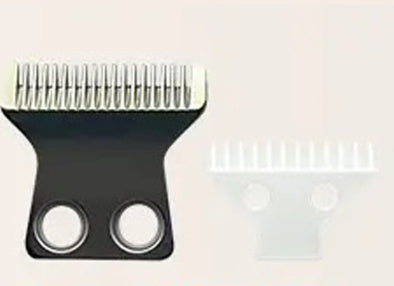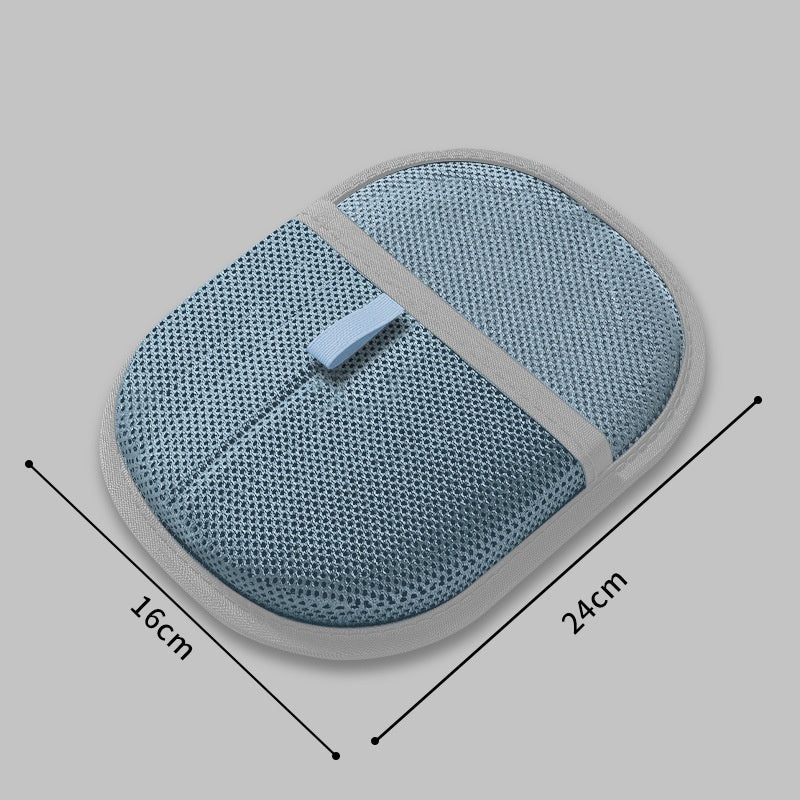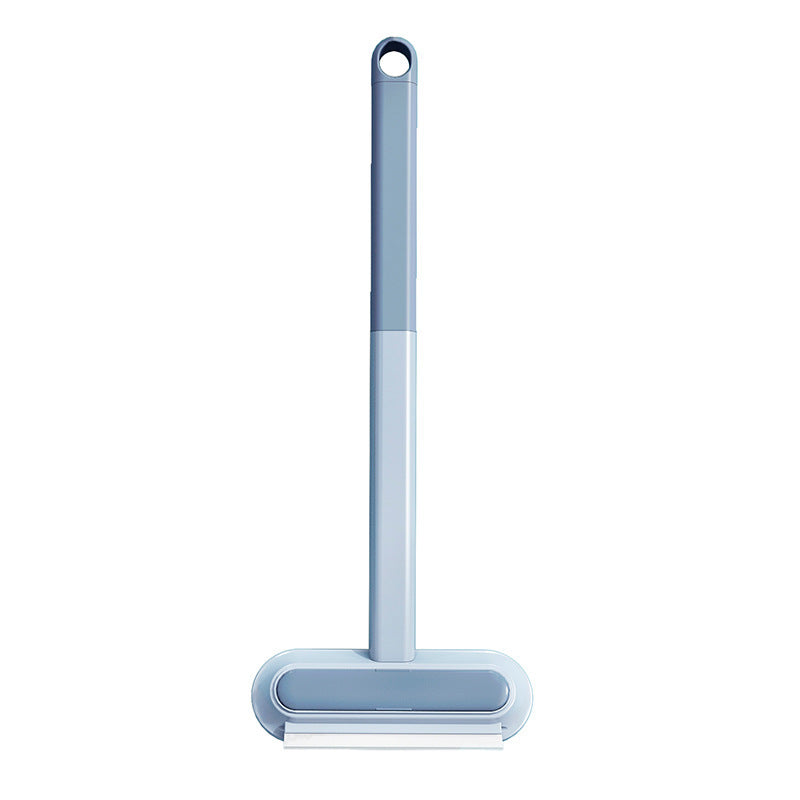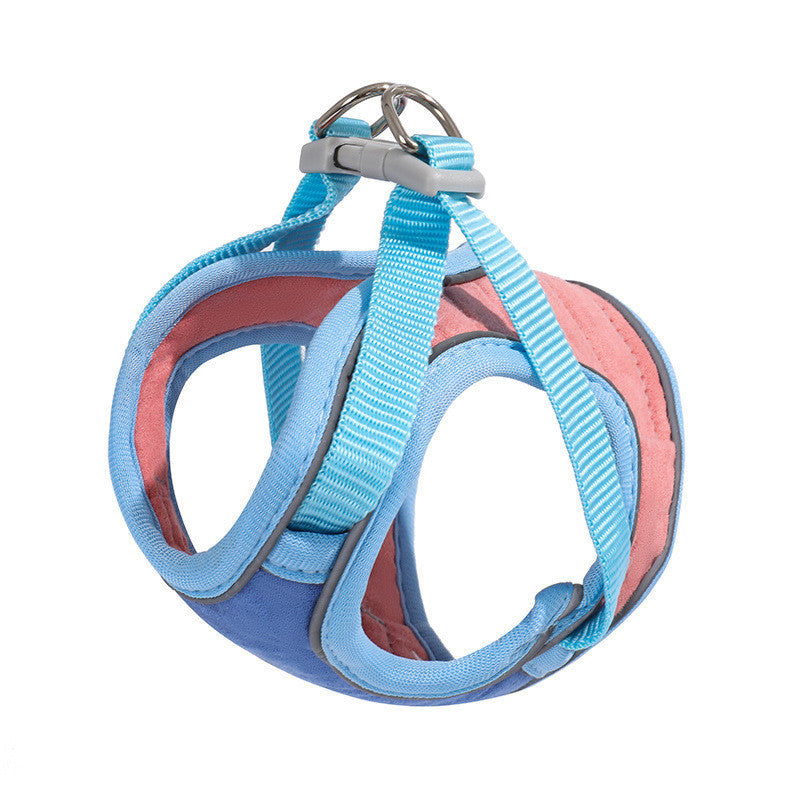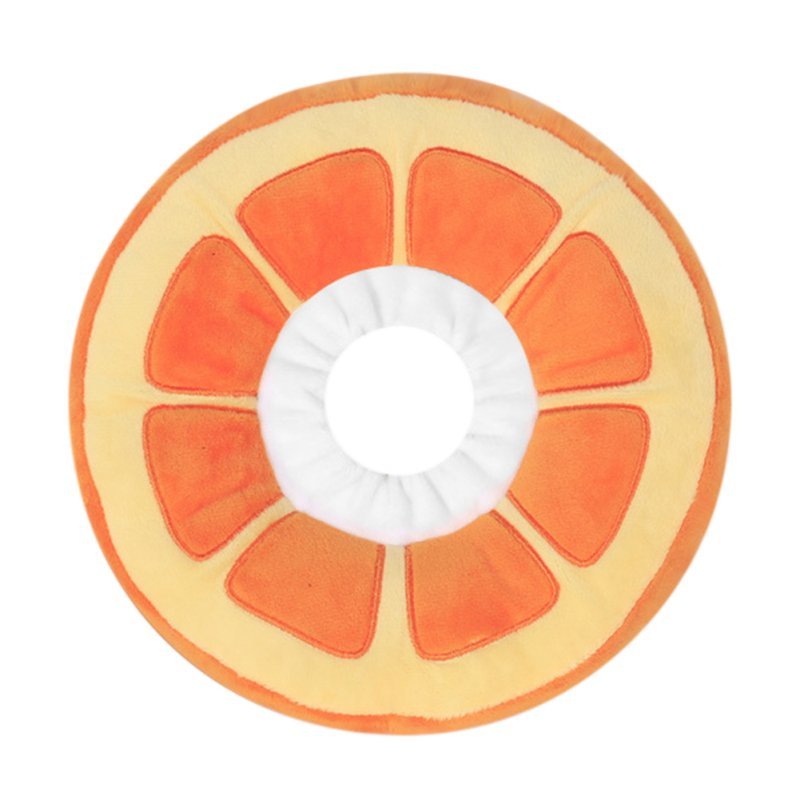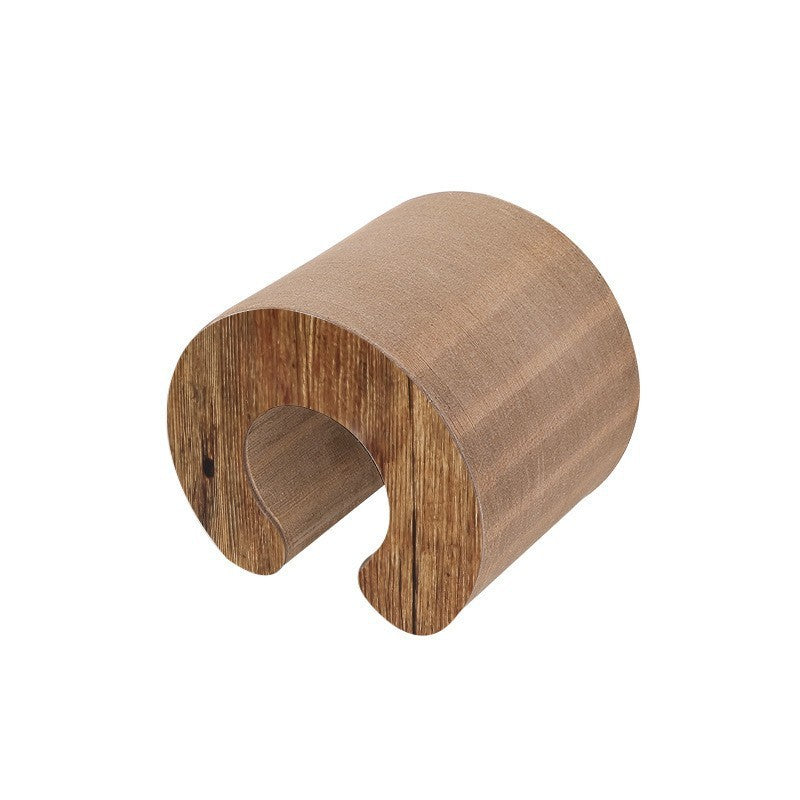Reduce Your Cat's Carbon Pawprint with Planet-Friendly Choices
Cats bring immeasurable joy to our lives, enriching our homes with their playful antics and comforting purrs. However, the environmental impact of caring for our feline companions is often overlooked. From plastic litter bags that take centuries to decompose to non-recyclable packaging that fills our bins, traditional cat care practices can leave a significant mark on the planet.The encouraging news? Making eco-conscious swaps doesn't mean compromising on your cat's comfort, health, or your convenience. In fact, many sustainable alternatives offer superior benefits for both your furry friend and the environment. As more Australian pet owners become environmentally aware, the market for green pet products has expanded dramatically, making it easier than ever to find high-quality, planet-friendly options.
Let's explore simple, sustainable changes you can implement in your daily cat routine that will reduce your environmental pawprint whilst keeping your cat happy, healthy, and utterly spoiled.
Why Sustainable Cat Care Matters More Than Ever
The statistics around pet waste in Australia are staggering. Our nation generates over 100,000 tonnes of pet waste annually, with a significant portion comprising non-biodegradable materials that persist in landfills for decades. According to Planet Ark, switching to eco-friendly pet products can significantly reduce landfill waste and carbon emissions, contributing to Australia's broader sustainability goals.Traditional clay-based cat litters are particularly problematic. Most clay litters are strip-mined, destroying natural habitats and requiring substantial energy for processing and transportation. Once used, these litters contribute to methane emissions in landfills whilst taking up valuable space that could be used more efficiently.
Beyond environmental concerns, many sustainable cat care options are genuinely healthier for your feline companion. Conventional products often contain harsh chemicals, synthetic fragrances, and artificial preservatives that can trigger allergies, respiratory issues, or skin sensitivities in sensitive cats. Natural alternatives typically use gentler ingredients that are safer for cats who groom themselves meticulously.
The financial benefits shouldn't be overlooked either. Many eco-friendly options, whilst sometimes carrying a higher upfront cost, prove more economical in the long run due to their superior absorbency, longer-lasting nature, or reusable design.
7 Easy Eco Swaps That Make a Real Difference
1. Biodegradable Litter: A Game-Changing Switch
Traditional clay litter can take up to 1,000 years to decompose, but biodegradable alternatives break down naturally within months. World's Best Cat Litter, made from corn kernels, offers exceptional odour control and clumps beautifully whilst being safe enough that it won't harm your cat if accidentally ingested during grooming.Cat's Best, crafted from untreated wood fibres, provides outstanding absorption, up to seven times its own weight in liquid. It's virtually dust-free, making it ideal for cats with respiratory sensitivities or owners with allergies.
For budget-conscious cat parents, consider Oz Pet recycled paper litter or Breeders Choice recycled paper pellets, both made from post-consumer waste paper. These options are particularly suitable for cats recovering from surgery, as they're non-tracking and gentle on sensitive paws.
Top tip: Many biodegradable litters are compost-safe where local council rules allow, though always check your area's specific guidelines first.
2. Waste Management Without the Waste
Ditch single-use plastic bags and embrace reusable solutions. BioBag compostable waste bags break down completely in commercial composting facilities, whilst Earth Rated bags contain recycled content and break down faster than conventional plastic.
For a zero-waste approach, invest in a stainless steel litter scoop paired with a washable collection tray. This system eliminates bags entirely whilst being more hygienic and cost-effective long-term.
3. Eco-Friendly Toys That Spark Joy
Sustainable doesn't mean boring when it comes to cat entertainment. From The Field creates organic catnip toys using hemp fabric and natural fibres that are both durable and compostable at end of life.Honest Pet Products offers a range of toys made from recycled plastic bottles, giving new life to waste whilst creating engaging play experiences. Their feather wands use sustainably sourced feathers and bamboo handles.
DIY enthusiasts can create endless entertainment using household items: toilet paper rolls become puzzle feeders, cardboard boxes transform into castles, and old socks filled with dried catnip make beloved comfort toys.
4. Sustainable Food Packaging Solutions
Pet food packaging represents a significant portion of household waste, but conscious choices can dramatically reduce this impact. Ziwi Peak and Addiction Pet Foods both offer products in fully recyclable aluminium tins that have excellent recycling rates in Australia.Fussy Cat and My Cat have introduced recyclable pouches through partnerships with TerraCycle, whilst some brands now offer bulk buying options that reduce packaging per serving.
Consider supporting local raw food suppliers who often use minimal, recyclable packaging, or explore freeze-dried options that typically require less packaging overall.
5. Natural Grooming Tools for Healthy Coats
Replace plastic grooming tools with sustainable alternatives that often perform better than their conventional counterparts. Bamboo slicker brushes are naturally antimicrobial and gentler on sensitive skin, whilst wooden pin brushes reduce static and distribute natural oils more effectively.Coconut fibre grooming mitts provide a massage-like experience cats adore whilst being completely biodegradable. For nail care, consider stainless steel clippers that last a lifetime with proper maintenance.
Natural grooming wipes made from bamboo fibres or organic cotton offer a plastic-free way to keep your cat fresh between baths, and many contain soothing ingredients like aloe vera or chamomile.
6. Second-Hand Treasures That Save Money and Resources
The second-hand market for pet supplies is thriving in Australia, offering excellent value whilst extending product lifespans. Gumtree, Facebook Marketplace, and eBay regularly feature high-quality cat carriers, scratching posts, and beds at fraction of retail prices.Cat trees, in particular, represent excellent second-hand purchases as they're built to last and can be easily refreshed with new sisal rope or carpet pieces. Always thoroughly clean second-hand items and check for wear that could pose safety risks.
Pet rescue organisations often sell donated supplies, meaning your purchase supports animal welfare whilst reducing waste.
7. DIY Enrichment: Creativity Meets Sustainability
The best cat toys are often the simplest and most sustainable. Cardboard boxes provide endless entertainment and can be customised with cut-out holes, scratching surfaces, or hideaway spaces. When worn out, they're completely recyclable.Paper shopping bags (handles removed for safety) create rustling hideouts that cats find irresistible. Toilet paper rolls can be stuffed with treats to create puzzle feeders that challenge your cat's hunting instincts.
Wine corks make excellent batting toys for supervised play, whilst crumpled paper balls satisfy the pouncing urge without any environmental cost.
Advanced Eco-Friendly Strategies
For cat parents ready to take their green journey further, consider these additional strategies:- Bulk buying reduces packaging waste and transport emissions whilst often providing cost savings. Partner with fellow cat owners to share large orders of litter or food.
- Energy-efficient pet care includes using cold water for washing cat bedding, air-drying where possible, and choosing pet products from companies with renewable energy commitments.
Native plant gardening can create safe outdoor spaces for supervised cat exploration whilst supporting local ecosystems. Cat grass grown at home provides fresh greens whilst eliminating plastic packaging from store-bought alternatives.
The Ripple Effect of Your Choices
Every sustainable choice creates a positive ripple effect. When you choose biodegradable litter, you're supporting agricultural waste utilisation and reducing mining impacts. When you buy second-hand cat furniture, you're extending product lifecycles and reducing manufacturing demand.Your choices also influence others. Sharing your positive experiences with eco-friendly cat products encourages friends and family to make similar switches, multiplying your environmental impact.
Moreover, supporting companies with strong environmental commitments sends market signals that drive innovation and make sustainable options more accessible and affordable for all pet owners.
Overcoming Common Challenges
Transitioning to sustainable cat care isn't always seamless, but most challenges have straightforward solutions. Cost concerns can be addressed by starting with one change at a time and focusing on items that offer long-term savings, such as durable toys or concentrated cleaning products.Cat pickiness requires patience during transitions. Most cats adapt well to new litters when changes are made gradually over 7-10 days, mixing increasing ratios of new to old until the switch is complete.
Availability issues in some areas can be solved through online shopping, bulk orders, or even coordinating group purchases with other environmentally conscious cat parents in your community.
The Future of Sustainable Cat Care
The sustainable pet care industry continues evolving rapidly, with innovations like insect-based proteins offering lower environmental impact than traditional meat sources, and refillable packaging systems reducing waste from frequent purchases.Local manufacturing is increasing, with Australian companies developing products specifically suited to our climate and lifestyle whilst reducing transport emissions. Supporting these local businesses strengthens the domestic green economy whilst often providing superior customer service and product knowledge.
Small changes genuinely add up to make a meaningful difference. By choosing sustainable cat care practices, you're not just caring for your beloved companion—you're caring for the planet they call home, ensuring a healthier world for future generations of both cats and their human families.
Frequently Asked Questions
Q: Is biodegradable litter as effective as traditional clay litter?A: Modern biodegradable litters often outperform clay alternatives. They're typically lighter (easier to carry and pour), produce less dust (better for respiratory health), and many offer superior odour control. They're also better for septic systems and won't damage your toilet if small amounts are accidentally flushed.
Q: Can I compost cat litter in my home compost?
A: Only plant-based, non-clumping litters should be considered for composting, and never in compost used for food gardens due to potential pathogens in cat waste. Some councils offer specialised composting programmes for pet waste—check with your local authority for options in your area.
Q: Are eco-friendly toys as durable as conventional plastic toys?
A: Many sustainable toys are designed to be exceptionally durable, often lasting longer than plastic alternatives. Natural materials like hemp and organic cotton are typically more chew-resistant, whilst wooden toys can withstand years of play. The key is choosing quality products from reputable manufacturers.
Q: What should I do if my cat refuses to use eco-friendly litter?
A: Patience is essential for successful transitions. Mix small amounts of new litter with familiar litter, gradually increasing the ratio over 7-10 days. Try different textures or scents—some cats prefer unscented options whilst others enjoy natural fragrances like pine or corn. If one brand doesn't work, don't give up; try another type of biodegradable litter.
Q: How can I properly recycle cat food packaging?
A: Rinse aluminium tins thoroughly and place them in your yellow recycling bin—they have excellent recycling rates in Australia. Many councils now accept clean pouches through TerraCycle programmes. Check your local council website for specific guidelines, as recycling capabilities vary between areas.
Q: Are natural cat care products more expensive?
A: Initial costs may be higher, but many eco-friendly products offer better value long-term. Biodegradable litters often last longer due to superior absorbency, bamboo brushes don't need replacing as frequently as plastic ones, and concentrated natural cleaning products require smaller amounts per use. Additionally, the health benefits may reduce veterinary costs over time.









